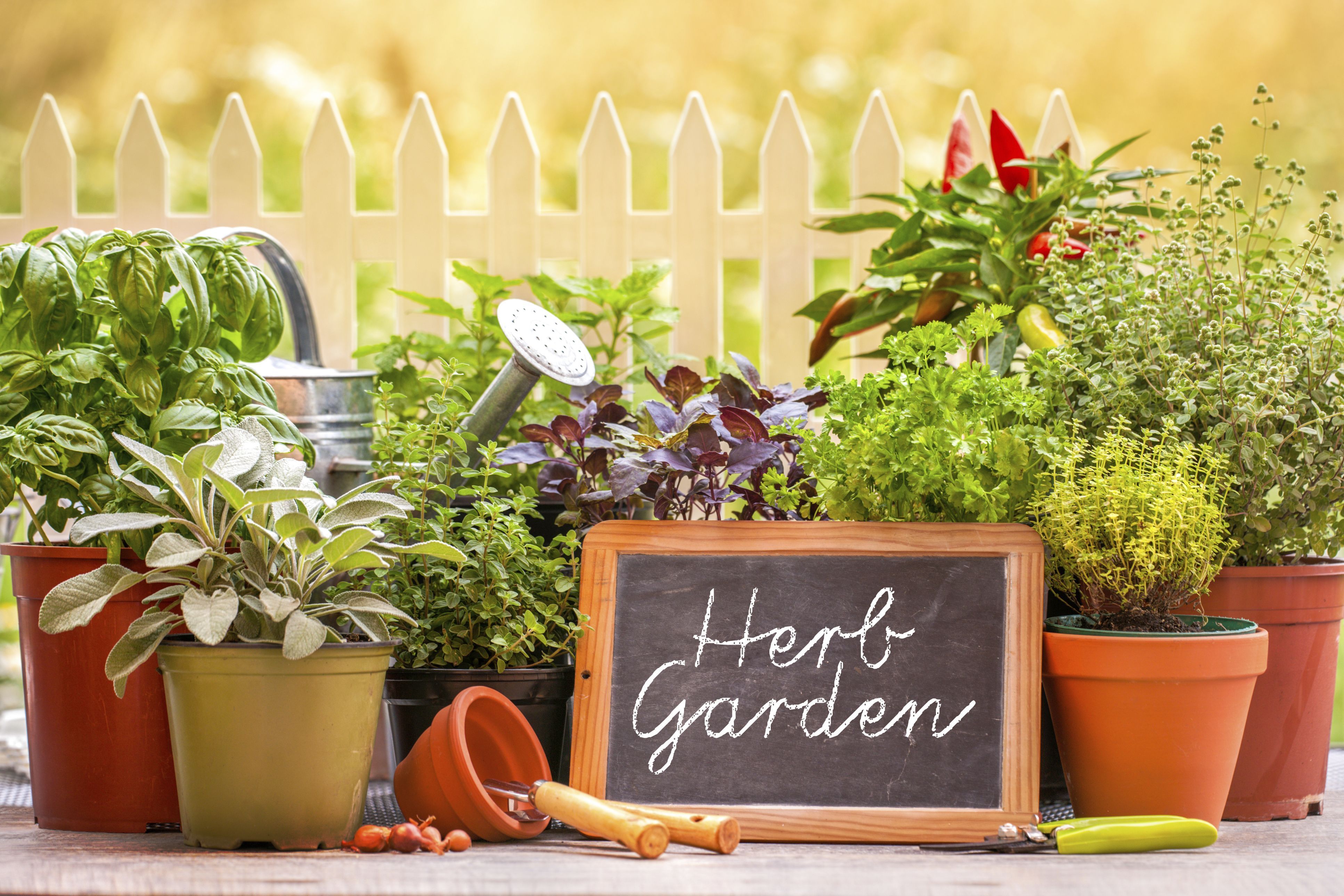A Taste Of Summer
Have flavour on your doorstep this summer, by creating your own herb garden. Hannah Stephenson shows you how
Imagine stepping out on to your patio to pick fresh herbs for your cooking – from fragrant basil to accompany ripe tomatoes and mozzarella, coriander to sprinkle on spicy curries and salads, mint to add to your Pimm’s or rosemary to sprinkle over lamb chops on the barbecue. Sounds idyllic doesn’t it?
Fresh herbs are such a staple in today’s kitchens, yet the shop-bought ones so often end up wilting on the windowsill before you’ve had time to use them.
If you are planning a herb garden or a group of herbs in pots, place them near the kitchen where they are easily accessible. A small collection can be planted in a cartwheel pattern, or even in a planter with separate pockets, each segment planted with a different herb.
On a larger scale, a bed can be divided into segments, each for a different herb, fringed with a dwarf hedge such as lavender to define the edges.
Formal herb gardens are traditionally round or square, often with a clipped low-growing hedge around the outside and something bigger, such as a bay in a large pot or a sundial or birdbath, in the middle, with a mixture of herbs filling the space.
Informal herb gardens are easier to tend to as you can mix the herbs to include both perennials and annuals, adding plants such as lavender and foxgloves to give the area a bit more colour.
When planting a border of herbs, place the tallest at the back so they don’t shade out the smaller ones. Angelica grows up to 2m (6ft) and will self-seed freely. Mint and lemon balm are invasive so should be planted in pots or buckets in the ground so their roots are confined and don’t swamp other less vigorous plants.
Groups of symmetrically arranged raised beds provide an easy and attractive way to cultivate a wide range of herbs without having to tread on soil, plus you can cater for the soil and watering needs of different herbs.
You can just as easily grow pots of herbs on your patio or in a windowbox in the right situation and with the right soil.
Most herbs used for cooking and for their fragrance are natives of the Mediterranean and do best in warm sunny conditions in well-drained soil, with added grit. Those in containers may need daily watering in hot weather but some, such as basil, will resent going to bed at night with wet leaves or sodden compost, so water in the morning before they are in direct sunlight.
Many herbs don’t like rich, moisture-retentive growing conditions, so you’ll need to give them what they need. Coriander doesn’t like being crowded and won’t thrive in cool conditions, parsley is greedy and requires a rich, moisture-retentive soil, while thyme prefers poor, very well-drained soil.
Basil likes warmth and shelter but won’t do well in searing sun, so grow it in pots of soilless potting compost in semi shade.
Remove the flowers from shortlived leafy herbs such as chervil and basil to keep them growing longer and from coriander and dill if you don’t want seeds but would rather have the leaves.
Before too long, you should be able to pick aromatic, flavoursome herbs from your garden rather than veering towards the wilting leaves of the shop-bought ones on your windowsill.
Latest posts by Sally - Silversurfer's Editor (see all)
- The Boom Radio All Time Chart - April 11, 2025
- Discover Oregon: Your Ultimate Adventure Awaits with Non-Stop Flights from London Heathrow - April 11, 2025
- Discover the beauty of Scotland with Largo Leisure Holidays - April 10, 2025
- Do you feel happy living in the United Kingdom? - April 10, 2025
- Planning ahead for peace of mind - April 9, 2025




















